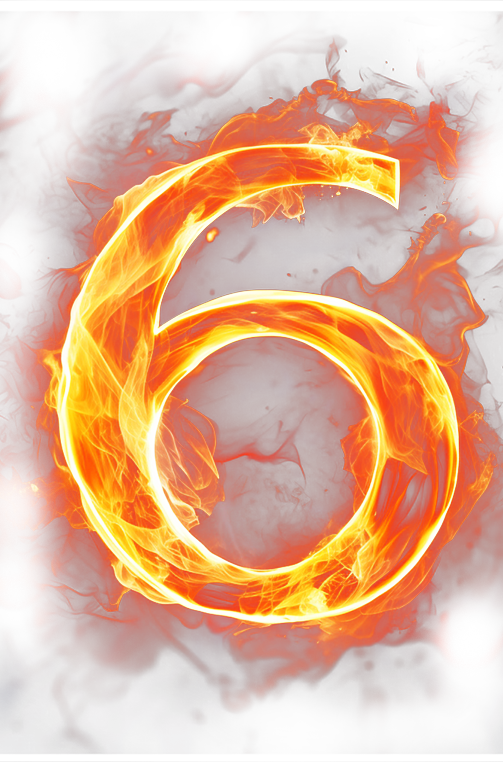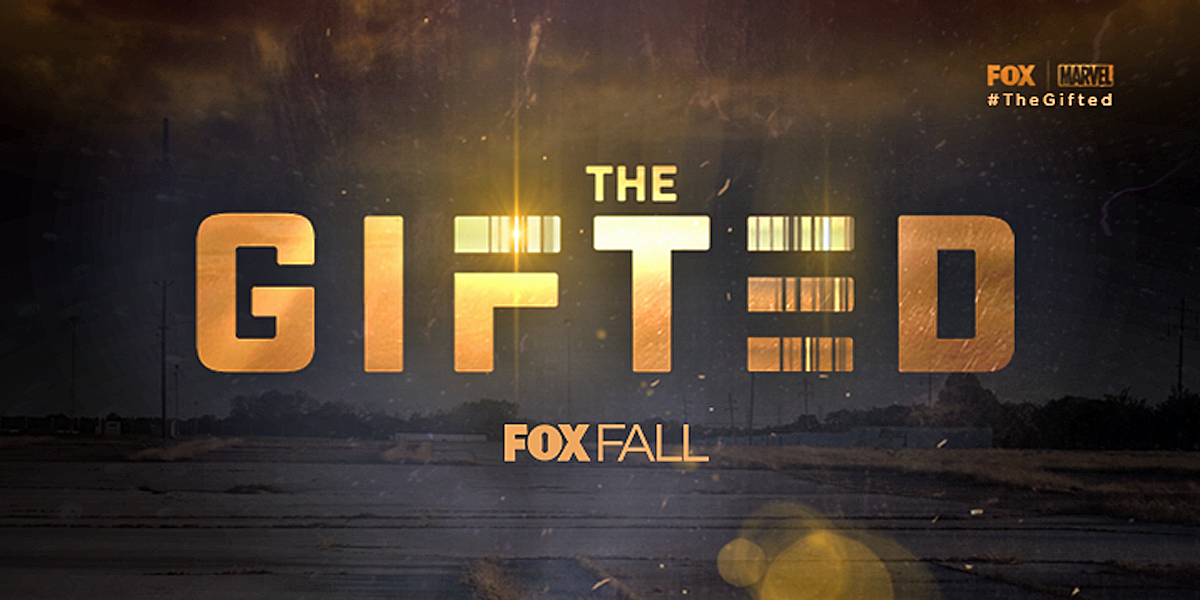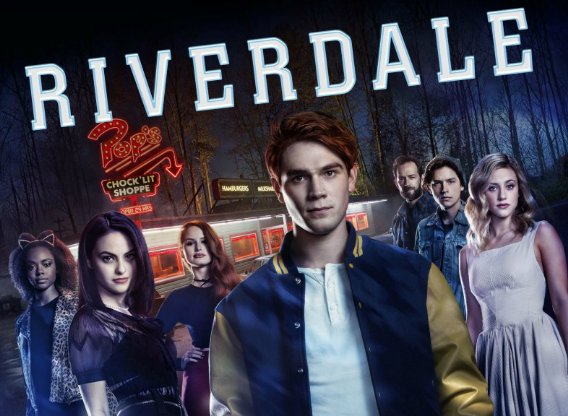 For the Buffy fan who has everything, from all seven seasons on DVD to the Sunnydale High School Yearbook, this may be the perfect Christmas gift. It’s called Buffy: The Making of a Slayer. It covers all seven seasons, and looks at how the show evolved over the years. It even has a special envelope of Slayer lore. More after the jump…
For the Buffy fan who has everything, from all seven seasons on DVD to the Sunnydale High School Yearbook, this may be the perfect Christmas gift. It’s called Buffy: The Making of a Slayer. It covers all seven seasons, and looks at how the show evolved over the years. It even has a special envelope of Slayer lore. More after the jump…
I’d rather make a show 100 people need to see, than a show that 1000 people want to see.
Joss Whedon
A TV show about a teenage girl who fight vampires, based on a movie hardly anyone saw. How could this be made, or be popular, or change popular culture for that matter?
The story of the show is recounted in Buffy: The Making of a Slayer, in honor of the show’s 15th anniversary. It starts with how the show was greenlit, cast and made for 12 episodes on the WB. Then, it goes on to how it became a massive hit on the old WB network, and later on UPN. It also looks on how the show, and its characters, evolved over the years. The book also has dozens of rare photos plus interviews.
Whedonopolis interviewed Nancy Holder, who wrote this book and several novels based on the show…
You’d been behind the Watchers Guides and Angel Casefiles. What is different about “Buffy: The Making of a Slayer”?
Buffy, The Making of a Slayer is a retrospective of the show as Buffy celebrates its fifteenth anniversary. With Making, we really wanted to emphasize the importance of Buffy as an artistic endeavor that changed the face of not just television, but the popular culture landscape as well. We also wanted to pay tribute to this landmark in the development of Joss’s creative process. This book is as much an homage to him as it is to Buffy.
I was talking to Amber Benson after I read her moving foreword to the book, and she reminded me that her mother watched my infant daughter for me the first time we went out to lunch together. That little baby in a car seat is now a year older than Buffy was when she became the Slayer.
The Watcher’s Guides were designed to be as-it-was-happening books written while Buffy was in production. WG’s writers were in constant motion, swept along with everyone else as the series was unfolding. We worked so hard on those books that sometimes I would set my oven timer for an hour of sleep and doze on a couch with tapes and notes all around me.
With Making, we reflect a little more, looking at the show as a whole and calling out special moments such as “Hush” and “Once More with Feeling.” We are celebrating Buffy with fellow old-time fans, as well as introducing Buffy to people who may have taken note of Joss because of Avengers, or Firefly, or another piece of the Whedonverse. With each new addition to Joss’s body of work, people find their way back to Buffy.
That is so personally satisfying to me, as I deeply love Buffy. During the series premiere, I felt such an incredible connection, a sense of wonder, and an excitement about this new world that I was glimpsing. That has never left me. That is the sensibility we are trying to convey with this book: Buffy the show is a hallmark of excellence in television, worthy of a beautiful book from a company known for producing beautiful books. If you have ever seen any of becker&mayer!’s other creations, you know what I mean.
Why is Buffy and her world still so popular after 15 years?
When Buffy first aired, it was one of the only shows to star a strong female protagonist, and that was vitally important. I think Joss rightly categorized “girl power” as something trendy that he wanted to transform it into a lasting icon. That uniqueness gained the show notice. But I think the reason Buffy has lasted is because of the emotional honesty and depth of the series as a whole. The metaphor of Buffy is that each of us takes a hero’s journey through the challenges of our lives. Buffy is an exploration of the human condition, not “just” the teen years. We all go through the fears of not knowing which way to turn; of being rejected, of inadequacy, of death itself–and it takes strength to feel that way and still face each day. Buffy shows us that heroes can be afraid; they can make terrible mistakes; they can even fail. But a real hero is a person who gets up the next morning and tries again. That celebration of the human spirit is one of the main reasons I revere Buffy so much.
Buffy has important things to say about equality, and also about community and family, and the importance of connection. Buffy didn’t walk alone, and because of that she triumphed. Everyone in her sphere changed and grew, and in turn affected everyone else. Buffy was one of the very first shows on television to mindfully explore that notion.
And it did so with brilliant writing. Buffy has so many textual layers that it served as the catalyst for the creation of Whedon Studies Association, whose members have produced hundreds of books and articles on Buffy and other Whedon projects.
Are there any new interviews for the book? What new photos will be included as well?
Amber Benson and David Fury were so kind to share new stories. I talked to Loni Peristere about how to describe the evolution of the vampire dustings. I also talked with some of Buffy’s core fans about the growth of fandom and how people felt about different stages of the show–for example, when Angel left to have his own show, or the crucial move to UPN. We talked to the Rhonda Wilcox, PhD, “the Mother of Buffy Studies.” Jane Espenson gave us a great quote about why people love to study Buffy and other Joss works.
We have beautiful images that have not been seen before–facsimiles of props from Fox’s archives, Joss directing, and an amazing map of Sunnydale that has special meaning for me (hint: it’s really a map of my home town!) We have wonderful photos and sketches John Vulich (special makeup effects), Todd McIntosh (makeup), Carey Meyer and Steve Hardie (production design), and Cynthia Bergstrom (costumes.) Jane Espenson was also very helpful with gathering images and checking on some facts for us. She asked Joss about the appearance of David Boreanaz (or not) in “The Freshman,” for us, for example.
A fan lent us some figures from his vast trove of collectibles so that we could photograph them. (We call him “Action Figure Adam.”)
We also have some really wonderful comic book art. I met one of the artists at Chicago Comic-con last spring. That was a thrill. We also have images from Angel, Avengers, Firefly, and other Whedon projects. Some of my favorite pictures are the large, beautifully composed images of Buffy with Angel and Buffy with Spike. While I have always talked a lot about the writing, I want to acknowledge that Buffy was produced with such care and attention to detail. Everyone knew that they were involved in something special.
There’s a very special envelope that is included in the book. It’s said to include very important Buffy lore, such as that prophecy that predicted her death…that lasted a couple of minutes…in “Prophecy Girl” What else is there?
The Pergamum Codex will hopefully surface in another project, but there are 13(!) “removables” in the pouch. One is a very cool cutout of the Shadow Men zoetrope that Buffy uses in “Get It Done.” There’s a piece that was created by never shown onscreen, making it very rare. It’s also very funny! (We had an opportunity to go into the Fox archives.) We have pieces from the following episodes: “The Harvest,” “Seeing Red,” “Once More with Feeling,” “Where the Wild Things Are,” “Hush,” “Doomed,” “Earshot,” “The Dark Age,” another piece from “Get It Done,” “Choices,” and “Becoming.”
In producing this book, was there something new about Buffy that you discovered? How do you think the premise of the show, and she, have evolved in the seven season run?
When I was asked to write the book, I watched the entire series again, as well as all the crossovers, and I think what I came away with was a sense of thematic cohesion that I hadn’t fully grasped before. When I was working on the Watcher‘s Guides, we were in the midst of all the hooplah–production–and sometimes it was difficult to see the forest for the trees. Joss even mentions in a commentary that season four, for example, has been criticized as not hanging together. But if you watch the entire series as one sweeping narrative, then different seasons become subplots and/or plot points. Season six most definitely is the dark night of the soul that must come before the hero’s triumphant victory. That sense of a grand story told in increments made a big impression on me.
Does the book look at Angel and how he and the show have evolved?
We talk about Angel and we move into how the departure of Angel impacted Buffy. In working my way through the commentaries and the episodes, I was struck by how deliberate Joss and the writers were about showing Buffy’s complete sense of imbalance after Angel left. The cast and crew were feeling the same anxiety as the fans. That genuine vulnerability touched me. Buffy was never “just a show” to the people who worked on it.
How deep do we get behind the scenes in Buffy and Angel?
We have a section called “Crossing Over” that talks about Angel leaving and the crossover episodes. We have a nice quote from David Fury about fan reaction. We also talk about creative decisions affecting Buffy and Angel’s relationship, and moving on to Spike as well.
How much of an impact do you think the show has made on TV and entertainment in general? Some would say that Twilight and Vampire Diaries owe a lot to Buffy.
I think Buffy has made a tremendous and lasting impact on TV and entertainment. One of the most important things the show has done was to prove that you can have smart writing on episodic TV and in movies aimed at teens. You can write about things that matter without dumbing down. And you can unfold a story about multiple characters over time–in multiple seasons or even years. And yes, Buffy kept the torches burning brightly for vampire and paranormal/supernatural shows.
Despite that impact, do you think that sometimes Buffy doesn’t get her due? It would have been nice for the CW, or some cable channel, to have a special on her and Angel, as the Science Channel had a special on Firefly recently?
Well, of course I agree with you. Although Buffy the Vampire Slayer the movie came out before the TV series, most fans of the TV show don’t connect the two, and we have yet to have a Whedon-based Buffy film. But I think all Firefly fans connect with Serenity, which came out in 2005. So maybe that’s part of it. (BTW, Browncoat here!)
But I will tell you that people who understand and love Buffy have never lost that passion or zeal. I was able to quickly reconnect with so many old friends because of that shared feeling for “our” show.
How do you think the book will appeal to those who don’t know about Buffy, but are curious, as well as hardcore fans?
I think that was my greatest challenge (unless you count having to stick to a specific word count!) becker&mayer! sent me a lot of their other books and I tried to pay attention to how the different writers would bring me into the world represented by the book–a world that was new to me. I tried very hard to replicate that.
Finally, do you sometimes wish that somehow, Sarah Michelle Gellar would pick up the stake as Buffy one last time…or two?
Yes, I do wish that. I just saw some pictures of SMG online because the name of her son was announced (Rocky James!) and she looks so young and beautiful. Still our Buffy.
Buffy: The Making of a Slayer, published by 47north, will be available on December 11th, You can pre-order HERE (at 43% off retail)












Trackbacks/Pingbacks